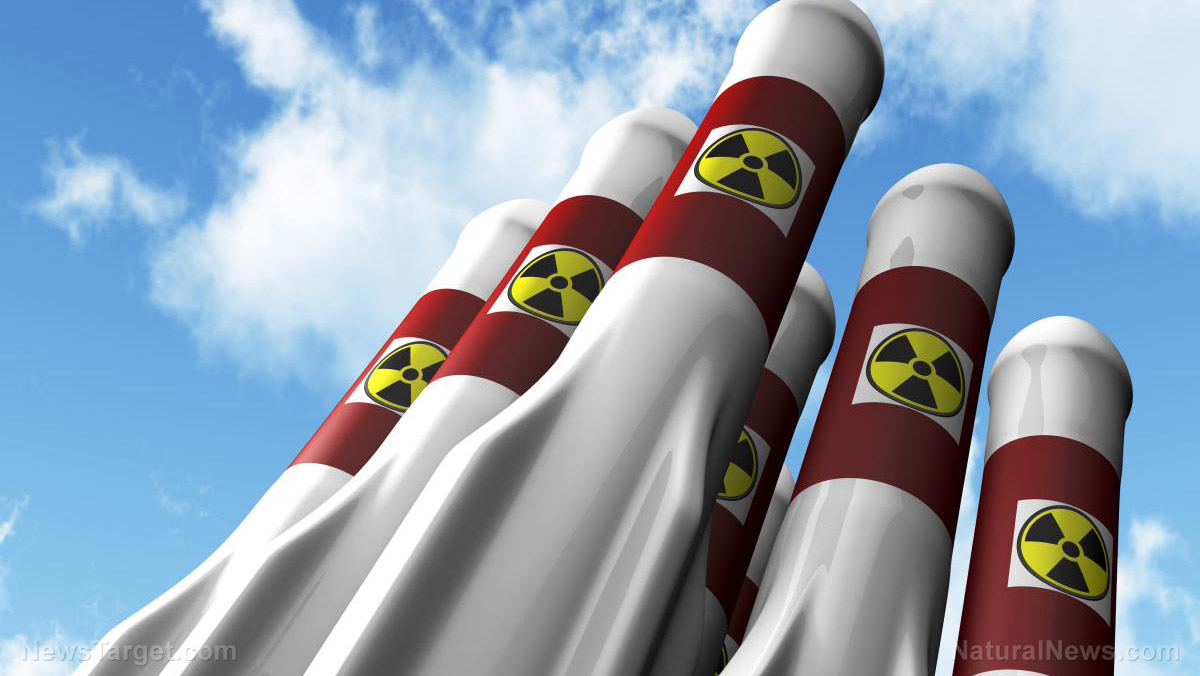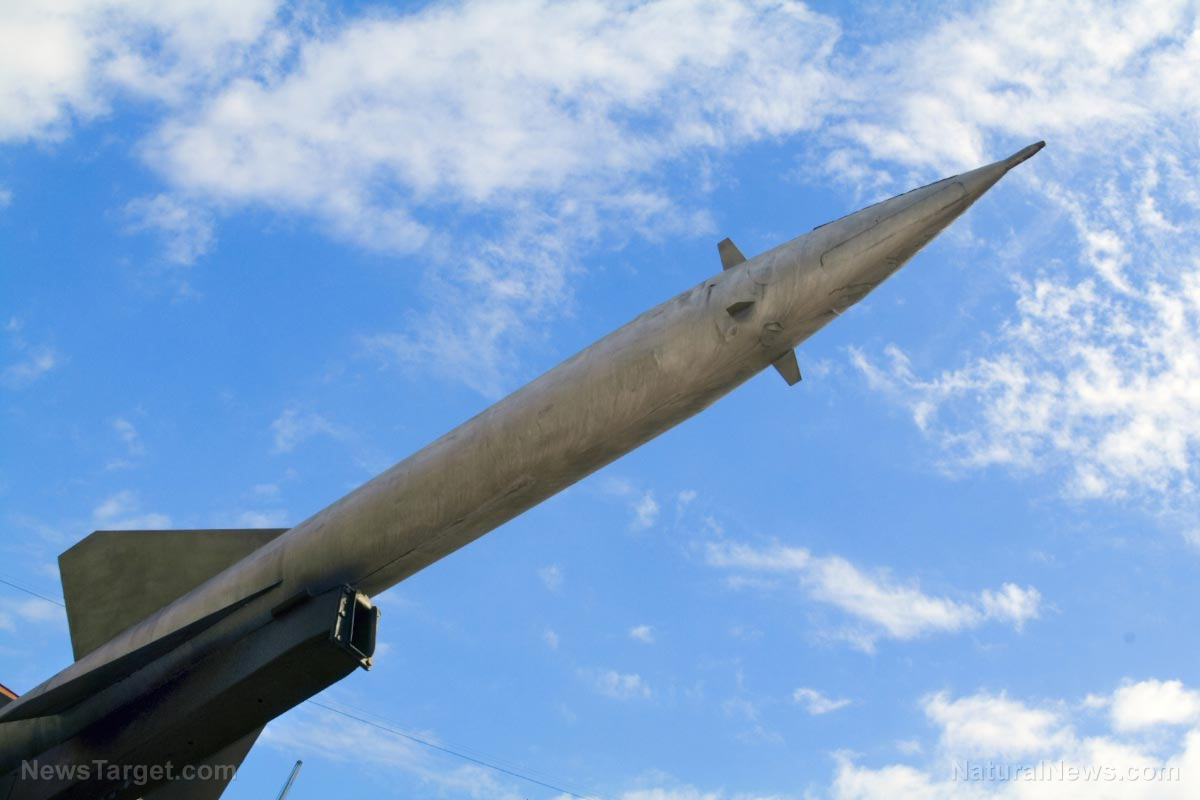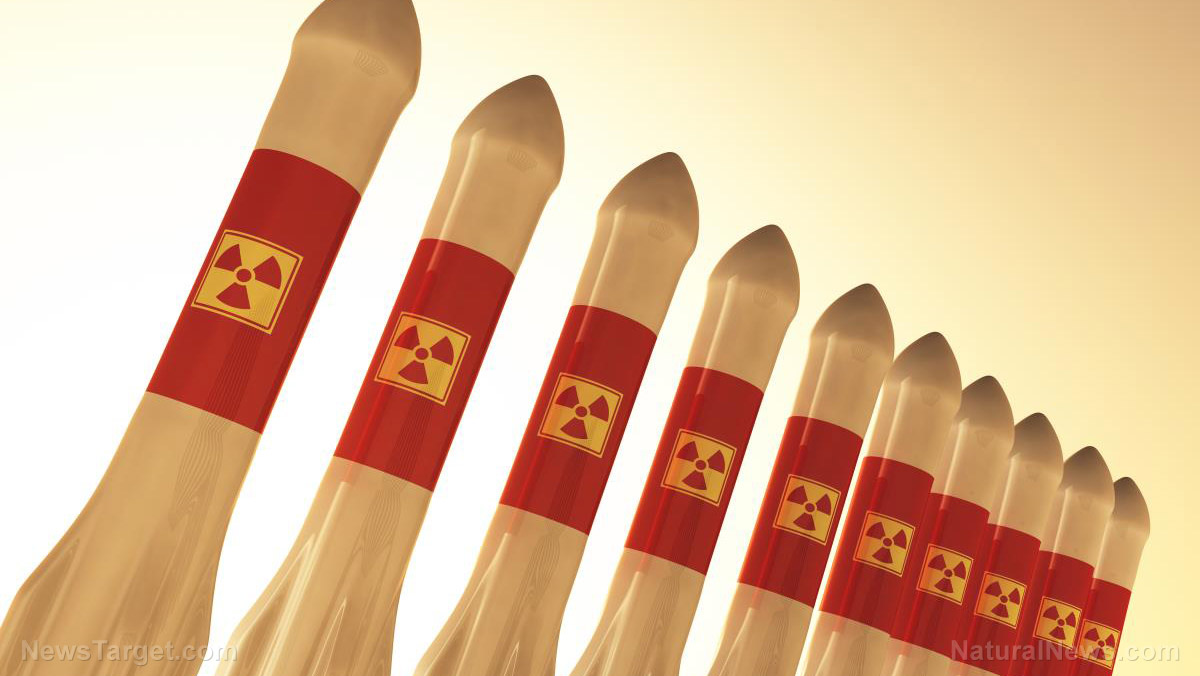
A number of analysts said China has started building more than 100 new missile silos in the northwestern province of Gansu. Satellite images revealed construction work being done at identical sites across square miles of desert near the city of Yumen. The new missile silos would symbolize China's renewed pivot toward expanding its nuclear capabilities.
Commercial satellite company Planet took the satellite images showing 119 nearly identical construction sites. It turned the images over to researchers at the James Martin Center for Nonproliferation Studies in California. The silos had features seen in existing launch facilities for China's arsenal of nuclear-tipped ballistic missiles. They covered parts of a desert basin that stretched to the west and southwest of Yumen city, which lied along the ancient Silk Road trade route.
Experts said the project could provide China with another means of concealing its most powerful weapons. They added that if completed, the missile silos at Yumen would represent a historic shift for the communist country. China is believed to possess a "relatively modest" stockpile of 250 to 350 nuclear weapons.
The silos were spaced about two miles from each other, with many being concealed by a large dome-like covering. The use of domes to cover missile silo construction followed a practice done in other silos across China. Construction crews excavated circular-shaped pits in the desert in areas without the dome. Another area being constructed appeared to be a partially built control center.
The researchers also noted that while the actual number of new missiles to be stored in the silos may be unknown, it could be smaller. China has deployed decoy silos in the past, they added.
Researcher and Chinese nuclear arsenal expert Jeffrey Lewis said the "incredible" construction boom suggests a major effort to bolster the credibility of Beijing's nuclear deterrent. "If the silos under construction at other sites across China are added to the count, the total comes to about 145 silos under construction," he said.
China is bolstering its nuclear capability
Lewis added: "We believe China is expanding its nuclear forces in part to maintain a deterrent that can survive a U.S. first strike in sufficient numbers to defeat U.S. missile defenses." He continued that major excavation work on the sites began early this year – albeit with preparations underway for months.
According to the nuclear arsenal expert, the silos are probably intended for the Dongfeng-41 (DF-41) intercontinental ballistic missile (ICBM). The DF-41 can carry multiple warheads and reach targets as far away as 9,300 miles, which potentially puts the U.S. mainland within its reach.
But Hu Xijin, the editor-in-chief of the Chinese newspaper Global Times, quickly assumed a defensive stance. In a July 2 op-ed, he slammed Lewis as an "amateur" and said the DF-41 is not the kind of ICBM that is stored in a silo. "In reality, DF-41 is [a] solid-fueled road-mobile [ICBM] and one of its biggest advantages is its mobility and vitality. There is no point to put it inside a silo," Hu wrote.
The Global Times editor-in-chief nevertheless emphasized the importance of silos in the nuclear program of different major powers, saying that China "certainly has reasons" to build these sites. Hu added: "However, real silos are often built at the same time as decoy silos. The actual distribution of silos is a top secret of nuclear powers." (Related: China pushes for expansion of its nuclear arsenal, braces for nuclear showdown with US military.)
The discovery of the 119 missile silos by Lewis and his colleagues followed recent warnings by Department of Defense officials regarding China's rapid nuclear advancement. Adm. Charles Richard, the commander of the U.S. Strategic Command, warned back in April of China's "breathtaking expansion" of its nuclear capability.
Richard told lawmakers that the communist country procured additional ICBMs and mobile missile launchers that can be easily concealed. He added that the Chinese navy also introduced submarines capable of nuclear weapons to its fleet. The four-star admiral told the House Armed Services Committee: "This is a breathtaking expansion. We are seeing a very rapid expansion of Chinese [nuclear] capabilities." (Related: China exploiting Caribbean nations to build military and missile bases that can threaten the continental United States.)
Pentagon spokesman John Supple declined to comment on the satellite images or discuss intelligence assessments of China's nuclear program. He nevertheless noted that analysts and Pentagon reports have previously raised concerns about missile silos sprouting across the country. "Defense Department leaders have testified and publicly spoken about China's growing nuclear capabilities, which we expect to double or more over the next decade," Supple said.
Visit NationalSecurity.news to read more articles about the threat of China's nuclear arsenal to the U.S.
Sources include:
Please contact us for more information.

















